The gig marketplace Fiverr is taking a bold step to help freelancers stay ahead of the curve in an era increasingly dominated by generative AI. In a major announcement at an event on Tuesday, Fiverr revealed a suite of new initiatives aimed at equipping gig workers with cutting-edge AI tools, enabling them to not only adapt to the evolving market but also thrive in it.
At the heart of Fiverr’s new strategy is an ambitious program that will allow freelancers—especially those working in creative fields like voice-over, graphic design, and related disciplines—to train AI models on their existing bodies of work. This initiative gives freelancers the opportunity to automate aspects of their craft while maintaining control over their output. In addition, freelancers will be able to charge clients for access to these AI-generated products, creating a new revenue stream that directly benefits them.
“Making Freelancers Irreplaceable, Not Obsolete”
Fiverr CEO Micha Kaufman framed this move as a way to empower gig workers rather than replace them. “This is about making our freelancers irreplaceable, not obsolete,” Kaufman said in a statement during the event. He emphasized that these new tools are designed to keep creators at the core of the gig economy, ensuring they receive proper credit and compensation even as automation becomes more widespread.
“We built these new features to ensure creators remain at the center of the creative economy,” Kaufman continued. He stressed that the rise of generative AI doesn’t have to spell the end for traditional freelancing—it can also open doors for greater scale, efficiency, and profitability if used correctly.
The Gig Economy Under Pressure from AI
The gig economy has been under increasing strain due to the rapid rise of affordable and widely available generative AI tools. Image generators, text-based AI like OpenAI’s ChatGPT, and automated coding assistants have flooded the market, offering clients cheaper and faster alternatives to human freelancers.
A recent industry report highlighted the extent of this disruption, noting that many freelancers—particularly writers, programmers, and app developers—have seen a decline in job opportunities as AI tools become more sophisticated and capable. With companies increasingly turning to AI for tasks that once required skilled human labor, competition among freelancers has intensified, leading to lower pay rates and fewer available gigs.
An earlier, independent study that tracked gig marketplace trends over a nine-month period found that the displacement of freelancers by AI tools was accelerating. The study suggested that without meaningful intervention, many creative and technical freelance roles could be at risk of disappearing entirely.
Fiverr’s “Personal AI Creation Model”
In response to these challenges, Fiverr has introduced what it calls the “Personal AI Creation Model.” This innovative feature allows freelancers to train a customized AI model based on their past work—whether that be artwork, voice recordings, written content, or code. Once the model is trained, freelancers can configure it to produce new content and offer it to clients, effectively scaling their services without the need for constant manual labor.
One of the key aspects of Fiverr’s approach is that freelancers will retain ownership over the output generated by their AI models. This means that any content produced—be it song lyrics, illustrations, marketing copy, or digital ads—belongs to the freelancer, giving them full control over how it’s used and monetized. Freelancers can set their own prices for access to their AI-generated content, creating a potentially lucrative passive income stream.
Balancing Automation and Creativity
The introduction of the Personal AI Creation Model represents an attempt to strike a balance between the benefits of automation and the value of human creativity. By giving freelancers tools to scale their work while preserving their creative signature, Fiverr hopes to create a more sustainable and equitable gig economy.
However, questions remain about how this model will impact the broader freelance market. Will clients be willing to pay for AI-generated content produced under a freelancer’s brand? Can AI truly replicate the nuanced creativity and expertise that skilled freelancers bring to the table?
For now, Fiverr’s bet is that empowering freelancers to harness AI rather than fight it is the path forward. By providing tools that help gig workers adapt to technological shifts, the platform aims to strengthen its community and ensure that freelancers continue to play a vital role in the evolving digital economy.
As the gig market navigates the challenges and opportunities presented by AI, Fiverr’s latest initiative could set a precedent for how platforms support their creative communities in the age of automation.
This article first appeared on TechCrunch






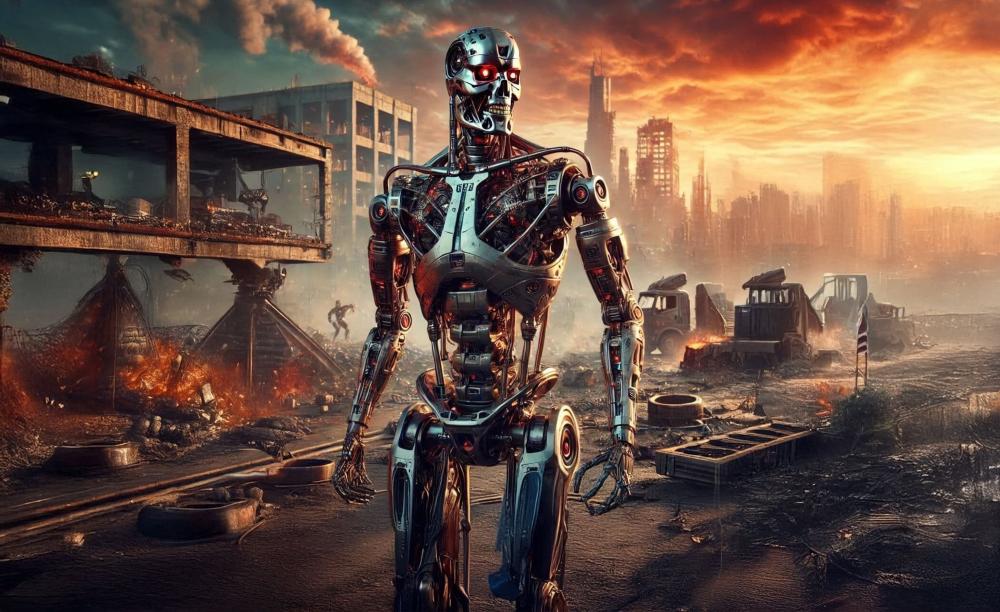

























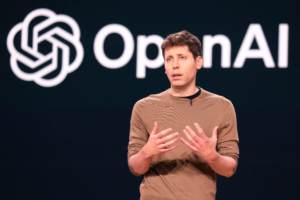


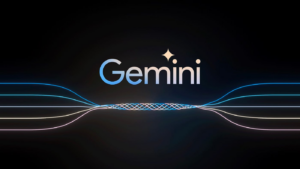






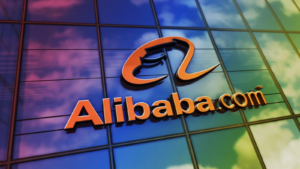

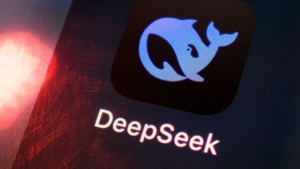
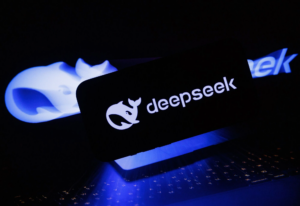







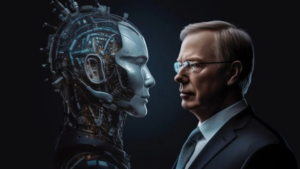



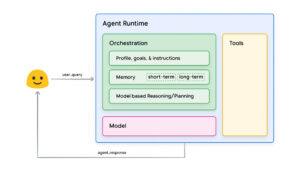



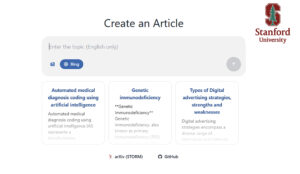


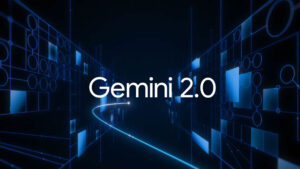




















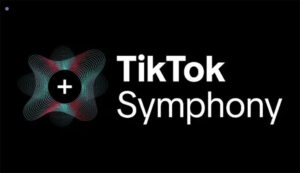








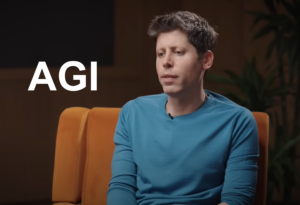
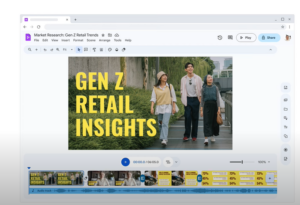



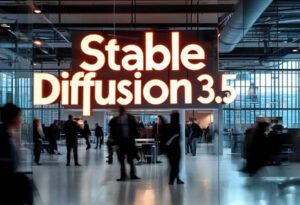
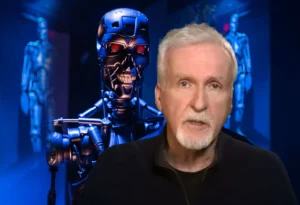
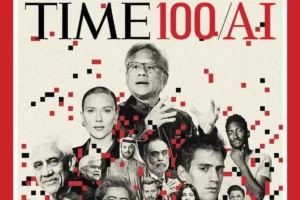




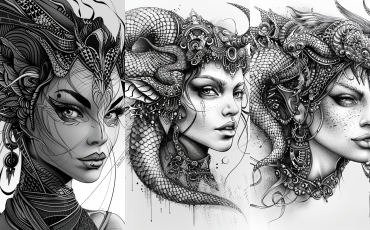







Validate your login
Sign In
Create New Account